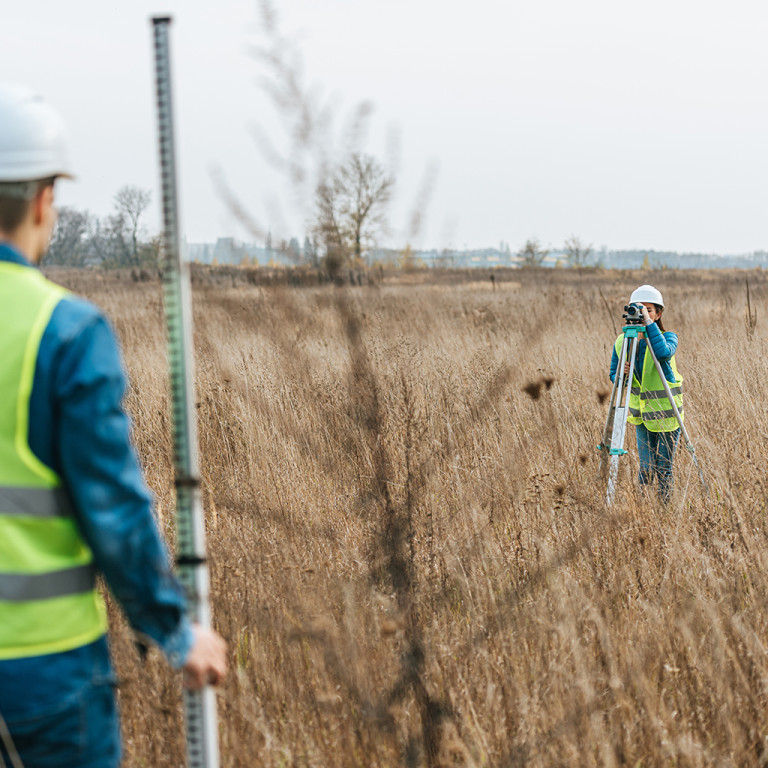In an appeal determined in August 2023, the Planning Inspector considered whether the use of a former Oast house had been abandoned. The appeal against the refusal to grant planning permission for the repair and reinstatement of the four-kiln former Oast house was dismissed.
In this article, we will consider the principle of abandonment and the application of the principle in this recent decision.
What is abandonment?
Generally, planning control only becomes relevant where there is development of land (s 57(1) Town and Country Planning Act 1990 (TCPA 1990)). Development is defined as the carrying out of building, engineering, mining, or other operations in, on, over, or under land, or the making of any material change in the use of any buildings or other land (s55 (1) TCPA 1990).
Therefore, existing rights to a lawful use of land can continue to be enjoyed without permission. However, there are some circumstances where even these rights can be lost.
Abandonment is one of those circumstances in which rights to resume a use that has been lawfully carried out in the past may be lost due to cessation of that use. There is a wealth of case law around the principle that guides its application.
When does abandonment apply?
The first thing to note is that abandonment does not apply where planning permission that has been granted for operational development is still capable of implementation (Pioneer Aggregates case).
However, the right to continue using land for a particular use is capable of being abandoned. In considering if this right has been abandoned, the Court will have regard to four factors:
1. The physical condition of the building;
2. The period of non-use;
3. Whether there has been any other use; and
4. The owner’s intentions.
These factors were set out in the Trustees of Castell-y-Mynach Estate case, and confirmed by the Court of Appeal in Hughes. In Hughes, the Court confirmed that the test was an objective one. What matters is what a reasonable person would conclude in the circumstances. Although the owner’s intentions will be relevant when investigating the facts, they will not be decisive.
Recent Decision
In the Oast house appeal, one of the main issues was whether the use of the property had been abandoned, such that the proposal by the owner was for a newly built dwellinghouse.
The Facts of the Case
The ground floor of the property was used as a car restoration business from the 1980s and the owner lived on the upper floors with his family. In 1997, most of the building was destroyed by a fire.
An application was made in 2021 by the owner for the “repair and reinstatement” of the property. The application was refused in March 2022 and the owner appealed.
Castell-y-Mynach Factors
On appeal, the owner referred to the four factors and the inspector considered them in turn.
Concerning the physical condition of the building, the inspector noted that the walls at the second-floor level and the entire roof structure were missing, exposing the building to the elements. The technical note produced by a principal engineer noted that support piers would need to be removed due to corrosion damage, vegetation was growing in various places in the building’s interior and a tree was causing cracking.
The inspector concluded that given the extent of the building works required, the works would go beyond repair and reinstatement. They would constitute a complete rebuilding of the structure. The current physical condition of the property would give the impression to a reasonable observer that its use had been abandoned. However, the physical condition was not by itself decisive.
In relation to the period of non-use and any other use, the inspector noted that there had been no residential occupation of the building since the fire in 1997. However, a lack of occupation, on its own, does not equate to abandonment.
The owner stated that he intended to live in the building again, which he said was evidenced by the work already undertaken and the submission of the application. However, the inspector found that there was little evidence regarding the scale and nature of remedial works and they had not been referred to any substantive evidence of repairs or that the owner sought to invest in works to resist the building’s further deterioration. The fact that the owner built a house next door to the property was a further indication weighing against their intention. The inspector was not persuaded that the owner intended to continue the use of the property as a dwellinghouse.
Inspector’s Decision
The inspector concluded that based on the evidence for all of the above factors, it seems likely that a reasonable observer would consider that the use of the building had been abandoned. Therefore, the owner’s proposal would amount to a new dwelling house.
The inspector then went on to consider the location of the development and the impact on biodiversity before dismissing the appeal. We have not commented on these additional considerations within this article, but the full appeal decision can be found here.
Find out more
For further advice on the principle of abandonment of use or any other planning queries please contact our Planning Team who will be able to help.





